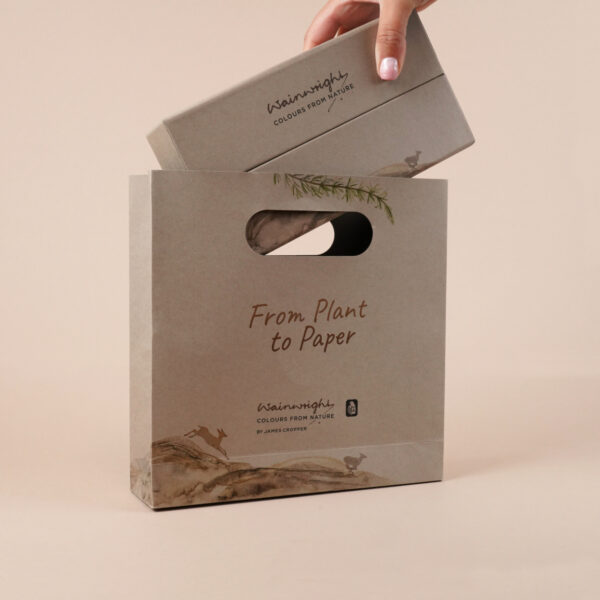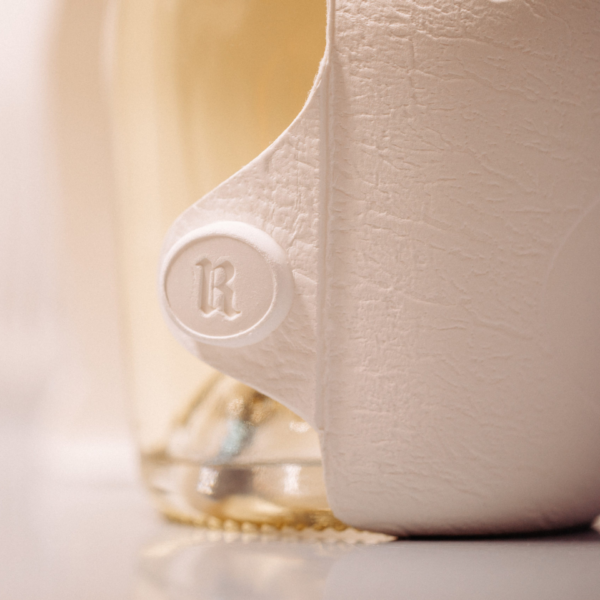Helen Musselwhite joins the James Cropper team at the mill to explore how paper can be manufactured sustainably.
She is a creator of enchanting paper artistry, forging flora and fauna creations with her beguiling craft. There is a humbleness to the way she crafts out of one raw, natural, and modest material; it is a pastoral resourcefulness, an offering back to nature.












